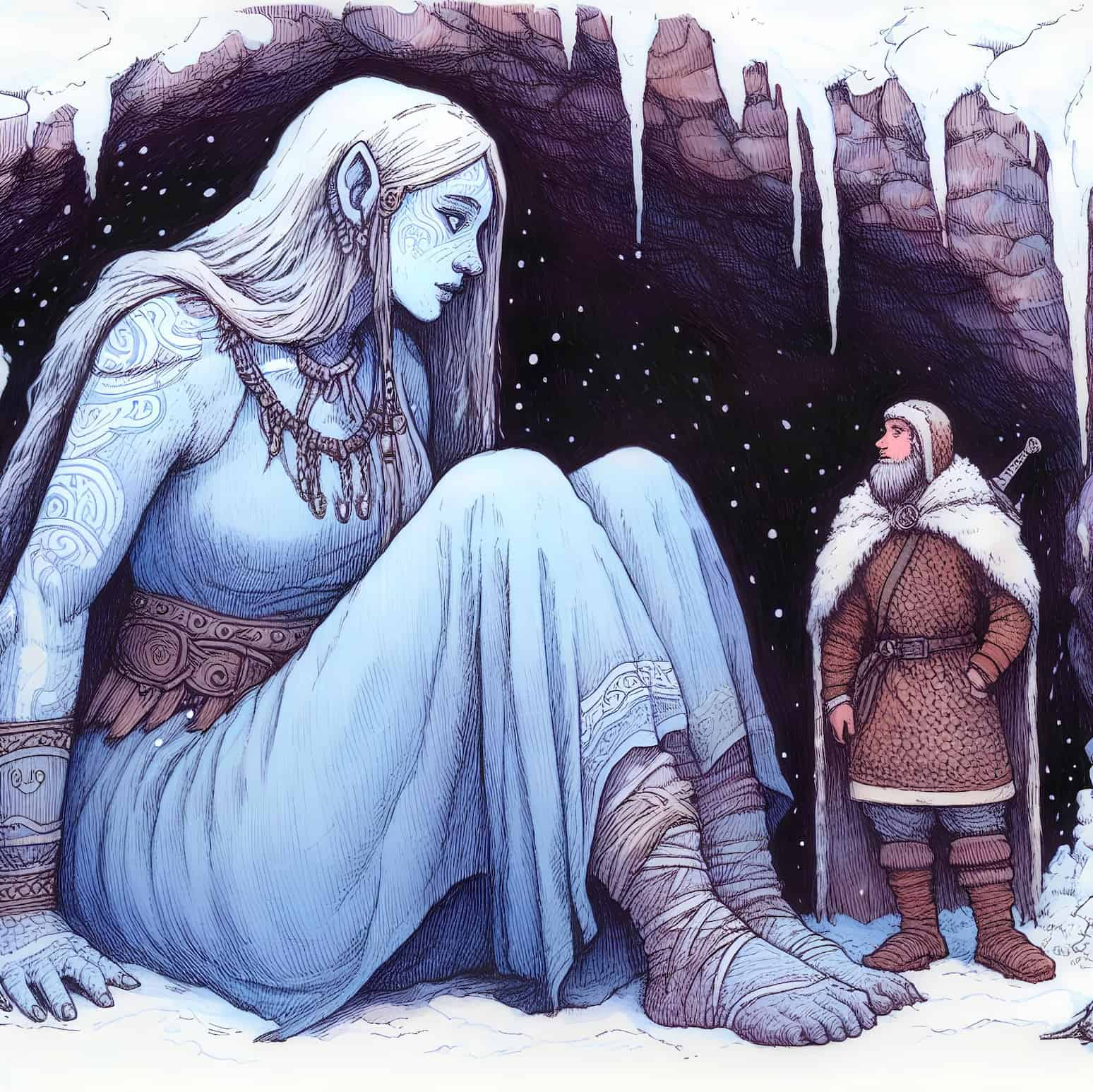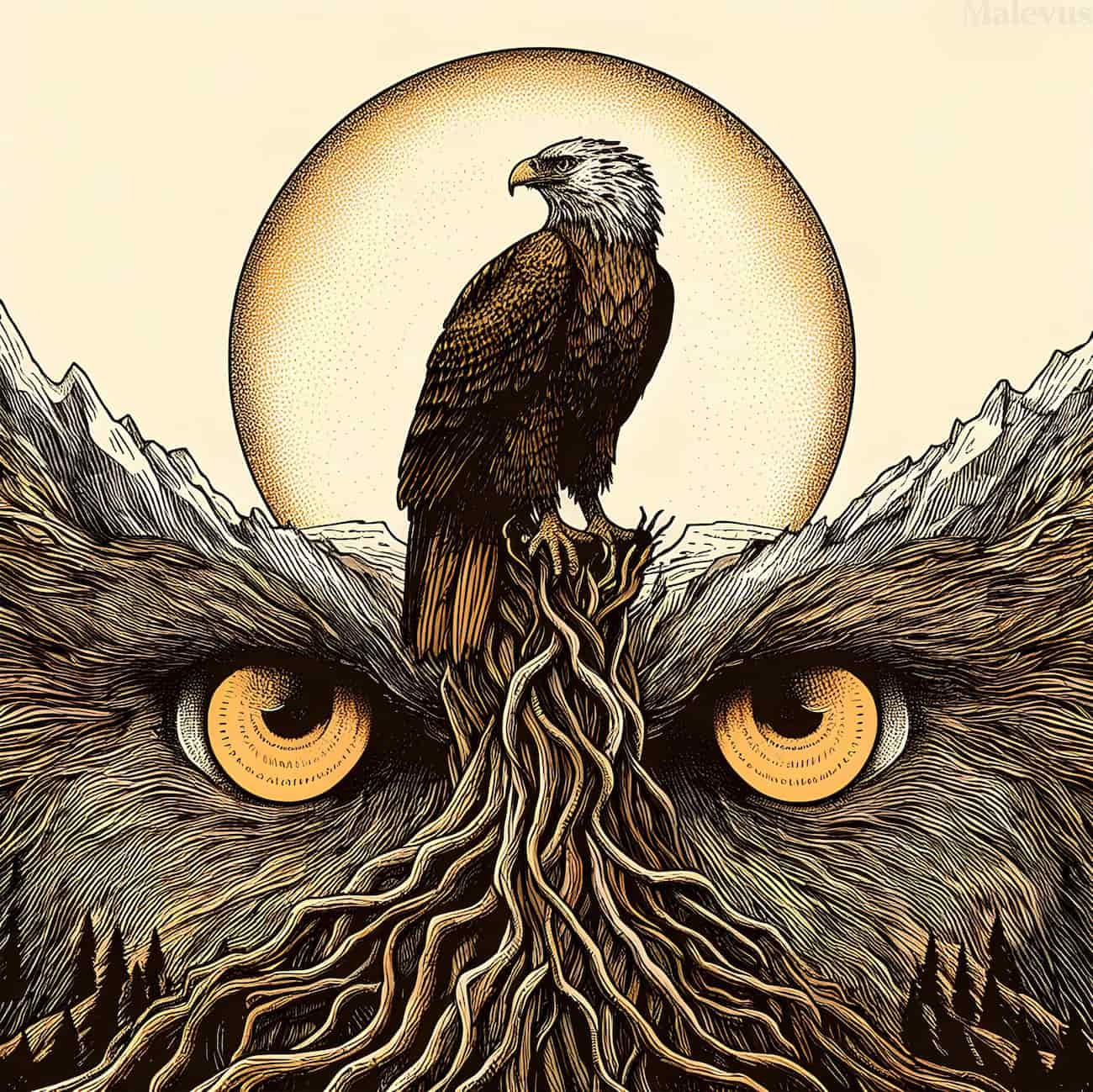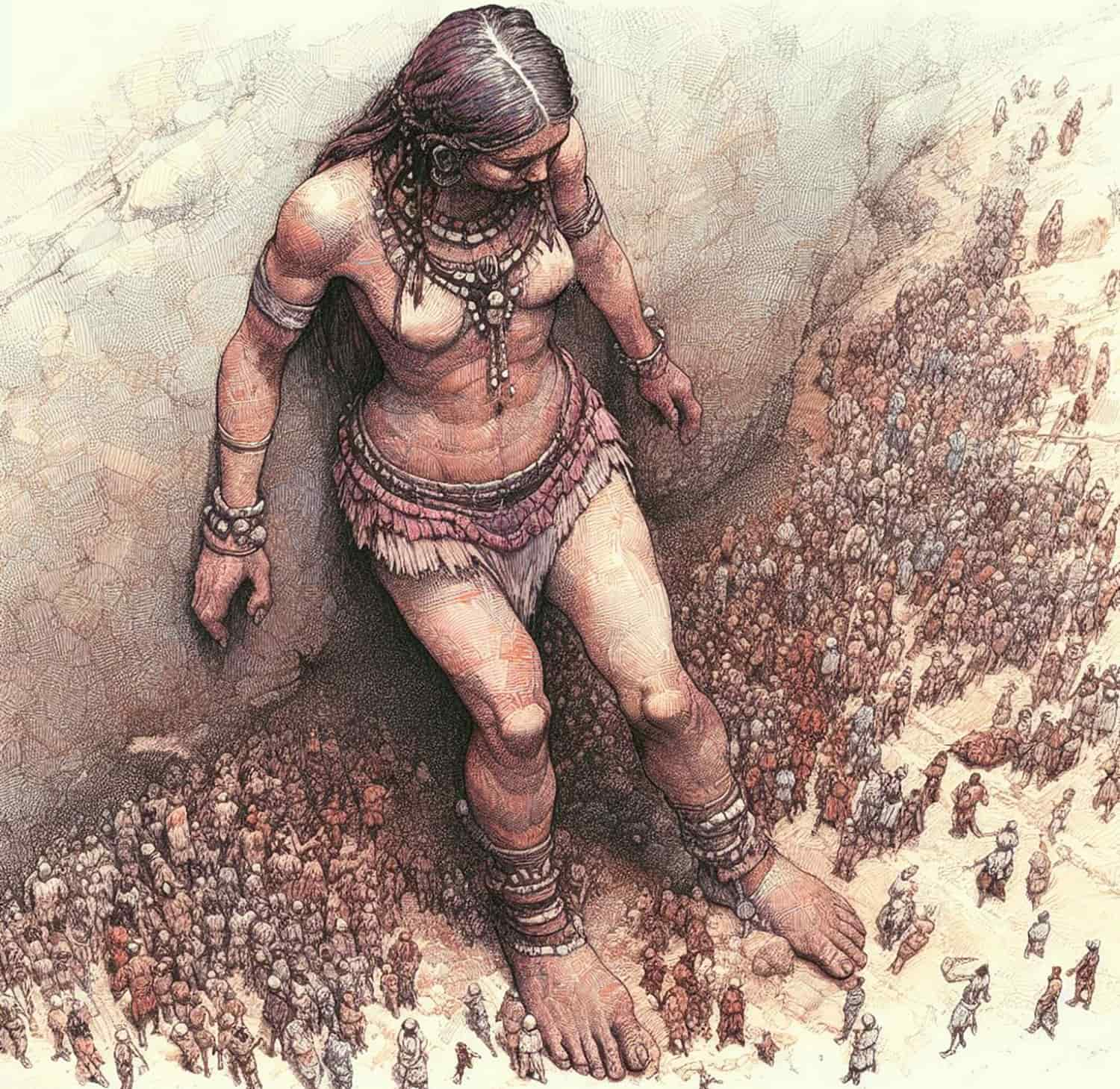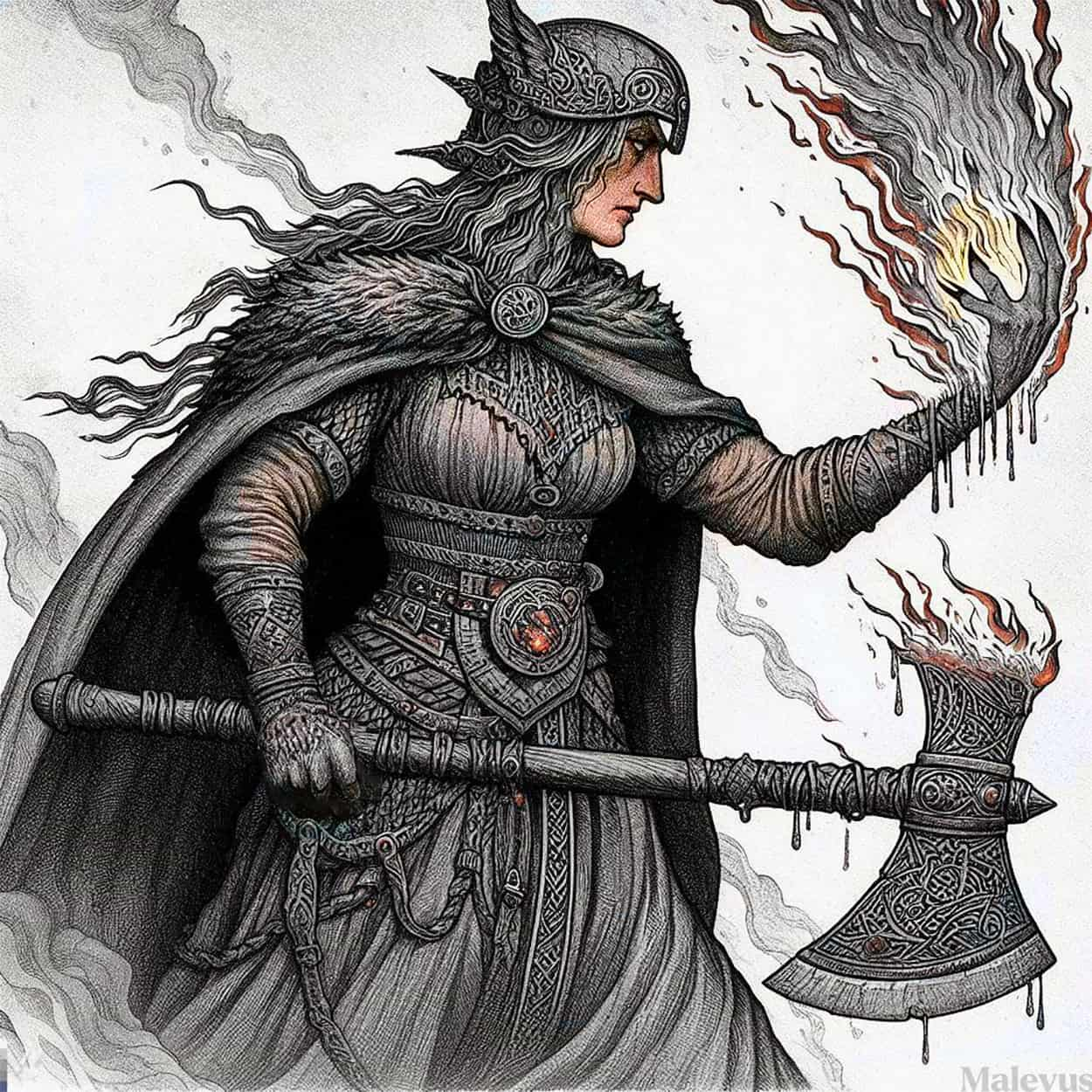Thökk, or Thokk (Þökk), as she is also called, was a giantess (gýgr) in Norse mythology. Her name means “thanksgiving”, “reward”, and “joy”. Thökk, who many believe to be Loki in disguise, is the only figure who shows no emotion during Baldur’s funeral. Baldur is stuck in Hel’s Realm of the Dead, Helheim, because of this rejection by the giantess. Chapter 49 of Snorri’s Gylfaginning (a part of the Prose Edda, which was written in the early 13th century) explains this story in detail.
The Story of Thökk (Þökk)
Thökk prevents the return of the god Baldur from the realm of the dead of Hel.
In this story, Loki is responsible for the death of the deity Baldur. Baldur now lives in the underworld of Hel, much to the chagrin of his fellow Aesir deities. Hermod is selected to ride to the land of the dead (sometimes called Hel) and plead with the goddess protecting the afterlife to let Baldur’s spirit go free.
Hel agrees, but only if everyone in the universe mourns Baldur’s loss. Since Baldur is a cherished deity, the gods sent messengers all around the globe to encourage all things to cry for him in order to release him from the underworld.
Thökk, a cave-dwelling giantess, refuses to cry.
All the couriers beg her to cry, but she still refuses because she has no use from Baldur, either alive or dead.
Her Punishment Led to Ragnarök
After concluding that the giantess was indeed Loki in disguise, the gods resolve to harshly punish him, setting in motion the events that lead to Ragnarök. According to Rudolf Simek, the giantess gave herself the name “joy” or “happy” since she didn’t have anything to be sad about in life, including Baldur.
References to Thökk
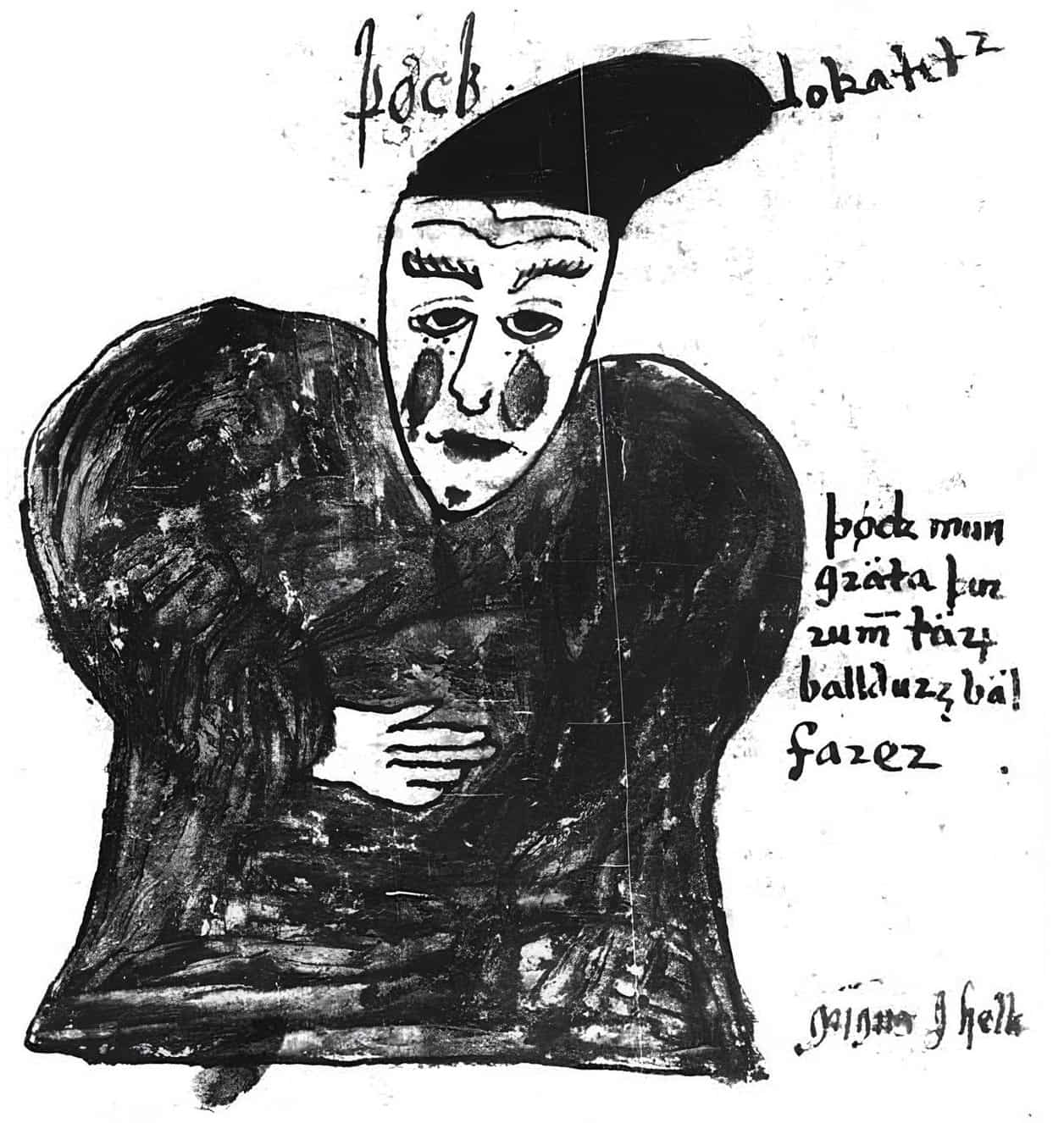
Chapter 49 of Gylfaginning from the 13th century ends with the following text:
Returning, the messengers found in a cave a giantess who said her name was Thokk. They begged her to weep for Baldur to secure his release from Hel, Thokk she declared:
Thokk will shed
Dry tears
On the funeral of Baldr
Neither alive nor dead, the old man’s son
I had no cause to rejoice.
May Hel keep what she has!It is inferred that it was Loki, Laufey’s son, who caused the most harm to the Aesir.
—Gylfaginning, Chapter 49, Prose Edda.buy robaxin online https://andnewonlineblo.com/buy-robaxin.html no prescription pharmacy
The authorship of this poetry actually remains mysterious. Like most of the lyrical portions in the Prose Edda, it was likely written by Snorri Sturluson himself while he was working on this Old Norse textbook, or else it was stolen by him from an earlier poem that has since been lost.
Chapter 50 follows with Gylfi (Gangleri) saying, “Loki did something very grave when he ensured, first that Baldur was killed, and then that he was not redeemed from Hel. Was there any kind of consequence for his actions?”
Loki’s arrest and torture are detailed in the following paragraphs and the crime Thokk committed became synonymous with hatred and selfishness.
Thökk Is Rarely Mentioned in Nordic Mythology
Only in the AM 738 4to, an Icelandic manuscript from the late 17th century, is the name “Thökk” accompanied by an illustration. In this illustration, Thokk looks exactly like Loki. However, her name does not appear anywhere else in the surviving mythical narratives about Nordic mythology.


